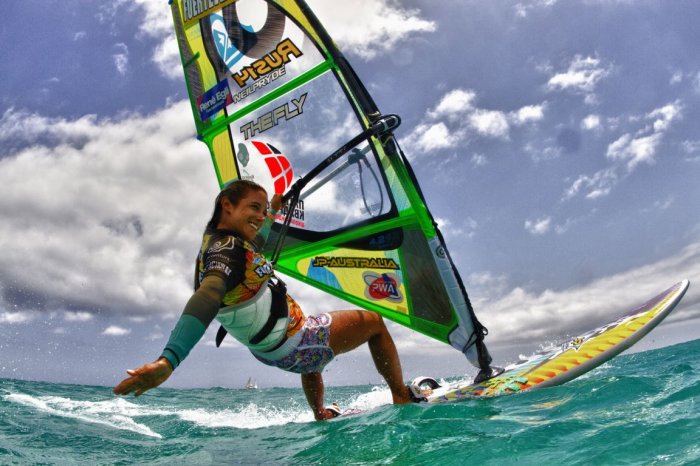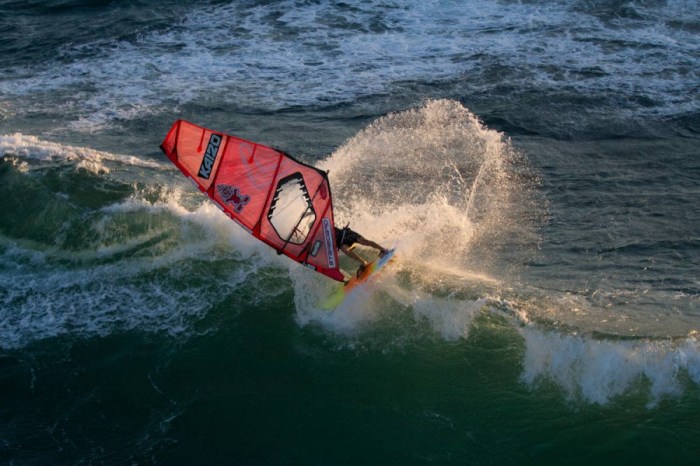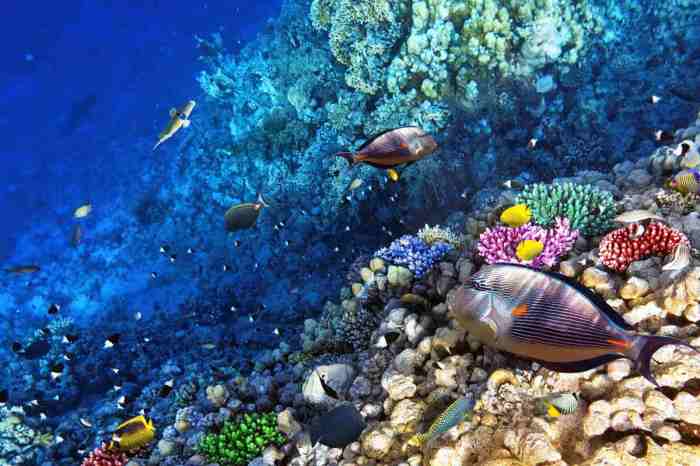
Step into the frosty world of Ice Skating Competitions 2025, where cutting-edge technology, changing regulations, climate impacts, and innovative sponsors converge to shape the future of this exhilarating sport. Get ready to glide through a narrative that promises thrills, spills, and everything icy in between!
As we delve deeper, you’ll uncover the exciting advancements and challenges awaiting the world of competitive ice skating in the year 2025.
Ice Skating Competitions 2025
Ice skating technology is expected to advance significantly by 2025, introducing innovations that enhance performance, safety, and overall experience for both athletes and spectators. These advancements may include improved blade designs, lighter and more durable materials for skates, and enhanced training equipment to help skaters achieve higher levels of skill and precision.
Potential Advancements in Ice Skating Technology
- Introduction of smart blades with sensors to provide real-time feedback on technique and performance.
- Development of specialized training gear using virtual reality technology to simulate different ice conditions and training scenarios.
- Integration of wearable devices for monitoring skaters’ physical condition and performance metrics during training and competitions.
Key Changes in Rules or Regulations
- Implementation of stricter guidelines for judging to ensure fairness and transparency in scoring.
- Revision of competition formats to accommodate new technologies and attract a wider audience.
- Introduction of new categories or disciplines to showcase a diverse range of skating styles and talents.
Projected Impact of Climate Change on Outdoor Ice Skating Competitions
- Increased variability in weather patterns leading to challenges in maintaining outdoor ice rinks for competitions.
- Shift towards more sustainable practices in ice production and maintenance to reduce environmental impact.
- Exploration of alternative locations or indoor venues to ensure the continuity of competitions despite changing climate conditions.
Innovative Ways Sponsors Might Be Involved
- Integration of sponsor branding and messaging in virtual reality experiences for viewers and attendees.
- Collaboration with sponsors to develop interactive fan engagement initiatives during competitions.
- Utilization of sponsor technology to enhance the overall viewing experience, such as augmented reality overlays for live broadcasts.
SPORTS TENNIS
Tennis is a sport that requires a combination of physical prowess, mental fortitude, and technical skill. Professional tennis players undergo rigorous training regimens that differ significantly from those of amateur players.
Training Regimen
Professional tennis players typically train for several hours each day, focusing on various aspects of their game such as technique, footwork, agility, and strength. They work closely with coaches and trainers to develop personalized training programs that address their specific needs and goals. In contrast, amateur players may not have access to the same level of resources and often train less frequently and intensively.
- Professional players undergo specialized fitness training to improve their endurance, speed, and power on the court.
- Amateur players may have limited time to dedicate to training due to other commitments such as work or school.
- Professional players also focus on mental training to enhance their concentration, focus, and resilience during high-pressure matches.
Equipment Technology
The evolution of tennis equipment technology has had a significant impact on the game, allowing players to hit the ball harder, with more spin, and more accuracy. Advances in racket design, string technology, and court surfaces have all contributed to the evolution of the sport.
- Modern rackets are lighter, more powerful, and have larger sweet spots, enabling players to generate more pace and spin on their shots.
- String technology has also advanced, providing players with more control and feel on their shots.
- Court surfaces have been modified to suit different playing styles, with surfaces like grass, clay, and hard courts offering unique challenges to players.
Mental Strength
Mental strength is crucial in tennis, as players often face intense pressure and adversity during matches. Athletes develop mental toughness through experience, practice, and working with sports psychologists to improve their mental skills.
- Players learn to stay focused, stay positive, and manage their emotions on the court to perform at their best.
- Visualization techniques, breathing exercises, and mindfulness practices are common methods used to enhance mental strength in tennis players.
Role of Coaches
Coaches play a vital role in the success of professional tennis players, providing guidance, strategy, and support both on and off the court. They help players improve their technical skills, mental toughness, and physical conditioning to achieve their full potential.
- Coaches analyze opponents, develop game plans, and provide feedback to help players make adjustments during matches.
- They also offer emotional support, motivation, and encouragement to help players overcome setbacks and challenges.
WATER SPORTS

Water sports events require careful consideration of environmental factors to ensure the protection of aquatic ecosystems. Organizers must minimize their environmental impact by implementing measures such as waste management, minimizing noise pollution, and promoting water conservation.
Popular Water Sports Destinations
- Maldives: Known for its crystal-clear waters and abundant marine life, the Maldives is a popular destination for water sports enthusiasts.
- Hawaii: With its world-renowned surfing spots and diverse marine activities, Hawaii attracts water sports lovers from around the globe.
- Australia’s Great Barrier Reef: Offering unparalleled opportunities for snorkeling, scuba diving, and other water adventures, the Great Barrier Reef is a top destination for water sports.
Safety Measures and Regulations
- Life Jackets: Participants in water sports competitions must wear appropriate safety gear, such as life jackets, to prevent drowning incidents.
- Emergency Response Plans: Organizers should have well-defined emergency response plans in place to address any accidents or injuries that may occur during the event.
- Water Quality Monitoring: Regular testing of water quality is essential to ensure that participants are not exposed to harmful bacteria or pollutants.
Emerging Trends in Water Sports Equipment
- Advanced Materials: Manufacturers are developing water sports equipment using lightweight and durable materials to enhance performance and comfort for athletes.
- Technology Integration: Innovation in water sports equipment includes the integration of technology such as GPS trackers, sensors, and real-time performance data monitoring.
- Eco-Friendly Designs: There is a growing trend towards eco-friendly water sports equipment that minimizes environmental impact through sustainable materials and production processes.
WINTER SPORTS
Winter sports encompass a wide range of activities that take advantage of snowy and icy conditions, providing thrilling experiences for both participants and spectators alike. From skiing and snowboarding to ice hockey, these sports require unique training methods, gear, and skills to excel in the cold winter environment.
Training Methods for Winter Sports
Training for winter sports such as skiing, snowboarding, and ice hockey varies significantly due to the different physical demands of each sport. Skiers focus on building lower body strength, balance, and agility to navigate the slopes effectively. Snowboarders, on the other hand, emphasize core strength, flexibility, and coordination to perform tricks and maneuvers in the snow. Ice hockey players require a combination of cardiovascular endurance, speed, and agility to skate, shoot, and defend on the ice rink.
Impact of Climate Change on Winter Sports
Climate change has had a noticeable impact on winter sports, with rising temperatures leading to shorter winter seasons and unpredictable snow conditions. Ski resorts have faced challenges with reduced snowfall and increased reliance on artificial snowmaking to maintain slopes. Winter sports enthusiasts are also becoming more conscious of their environmental footprint, pushing for sustainable practices in the industry to mitigate the effects of climate change.
Cultural Significance of Winter Sports
Winter sports hold significant cultural importance in various regions of the world, often serving as symbols of national identity and pride. Countries like Norway and Canada have a strong tradition of winter sports, with events like the Winter Olympics showcasing the best athletes from around the globe. In regions with long winter seasons, winter sports are not just recreational activities but integral parts of community life and heritage.
Advancements in Winter Sports Gear
The winter sports industry has seen remarkable advancements in gear technology, with manufacturers constantly innovating to improve performance and safety for athletes. From lightweight carbon fiber skis to impact-resistant helmets for snowboarders, gear enhancements have revolutionized the way winter sports are played. Advanced materials and designs have allowed athletes to push the boundaries of their abilities and achieve new heights in their respective disciplines.
Final Conclusion

With a flurry of changes on the horizon, Ice Skating Competitions 2025 are set to redefine the boundaries of this beloved sport, offering a glimpse into a future where the ice is not just for skating, but for making history. Get your skates on and prepare for a frozen journey like never before!
User Queries
Will there be new ice skating techniques introduced in 2025?
Yes, advancements in technology will likely lead to the development of new techniques to push the boundaries of performance.
How will climate change affect outdoor ice skating competitions in 2025?
Climate change may impact the availability and quality of outdoor ice rinks, potentially altering the landscape of competitions.
What role will sponsors play in ice skating competitions in 2025?
Sponsors are expected to be more creatively involved, offering innovative ways to support and promote competitions, creating a win-win situation for athletes and brands.







